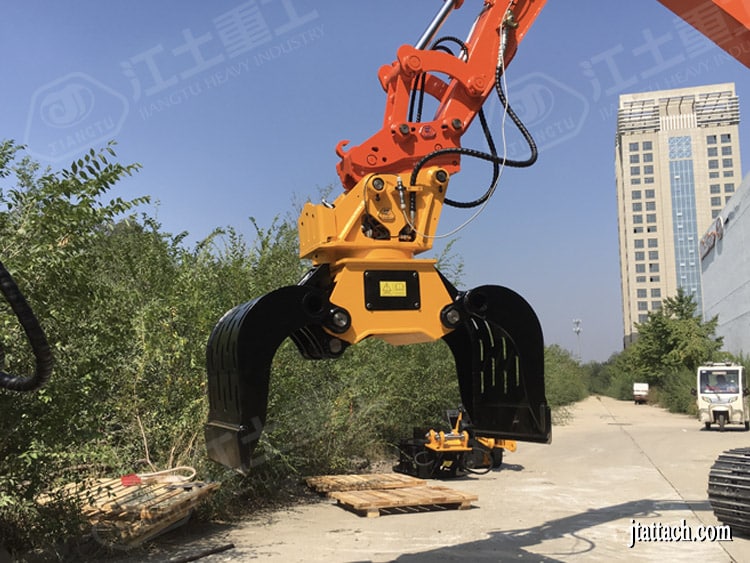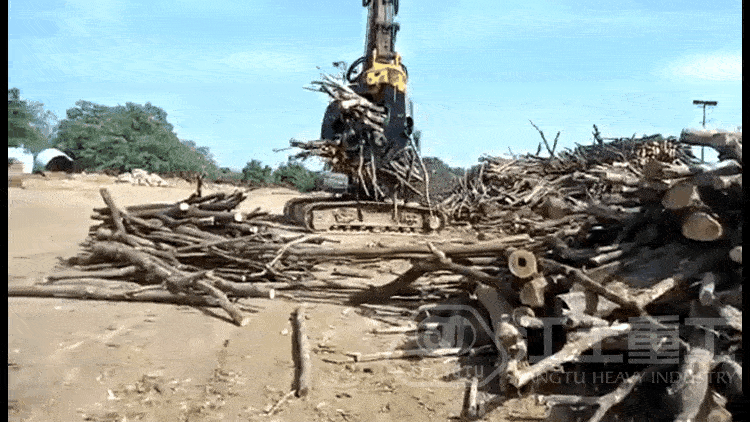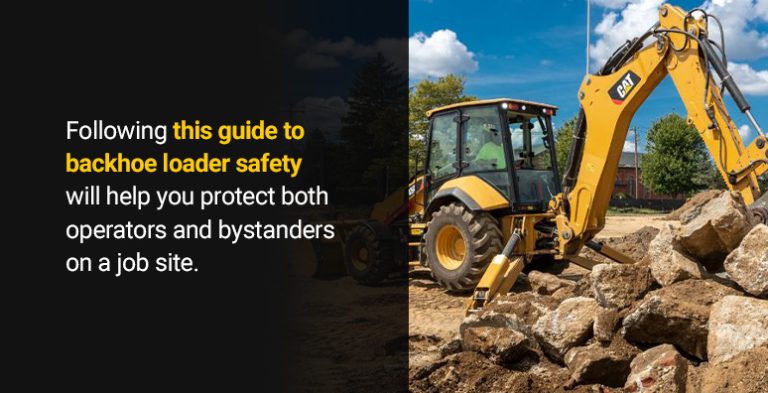Helical piles are used for temporary housing pile foundations, which can be reused
Container houses are very common in modern life. Some construction sites usually assemble container houses in order to meet the temporary housing and office needs of workers. After the construction is completed, these houses will be demolished. When the next construction site starts, it can be taken out and reused, which is very convenient and environmentally friendly.


For the construction of this temporary house, it is mostly necessary to pour cement caps at the place of construction. However, it takes a certain amount of time to pour the cement cap, and it is possible to install the container house only after the concrete has solidified. Moreover, the damage to the soil caused by pouring concrete is irreversible, which does not conform to the concept of sustainable development. We need to find a pile foundation that can firmly support the container house without causing damage to the soil. Helical pile foundation is such a pile foundation.
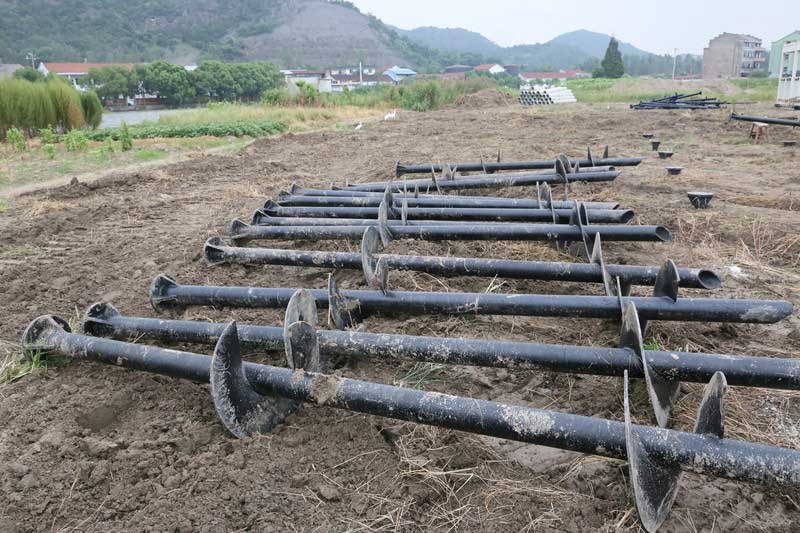

The helical pile foundation uses several steel structures screwed into the soil as the bearing foundation to support the building and prevent it from sinking. The self-innovated green temporary building of State Grid Shaoxing Power Supply Company, the entire temporary office building adopts a helical pile foundation, realizing a green infrastructure with zero excavation, zero pouring, and zero pollution. And it does not produce construction waste such as residual soil and waste materials. In particular, it overcomes the damage to the land occupied by the large-scale hardening of the traditional temporary construction site, and greatly reduces the workload of land reclamation and greening after the completion of the project, which can be described as more effective.
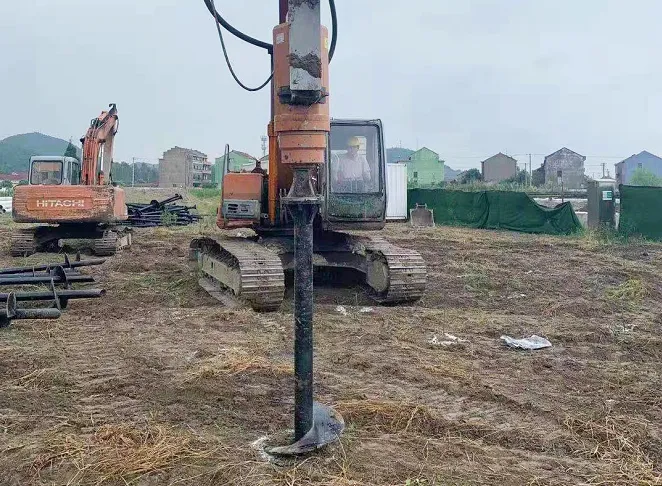

How does it work? First, select the site, determine the place to place the house, start measuring and positioning the drilling point, then the excavator installs the auger drive and enters the site for construction, screws the helical piles into the ground in turn, and installs the pile caps, and finally the crane came into the site and hoisted the integrated house into the site where the helical pile was installed. After placing and fixing it, a simple small house was installed. This is the convenience of helical piles, only one excavator is needed to complete the operation, no need to wait, and the installation is quick.
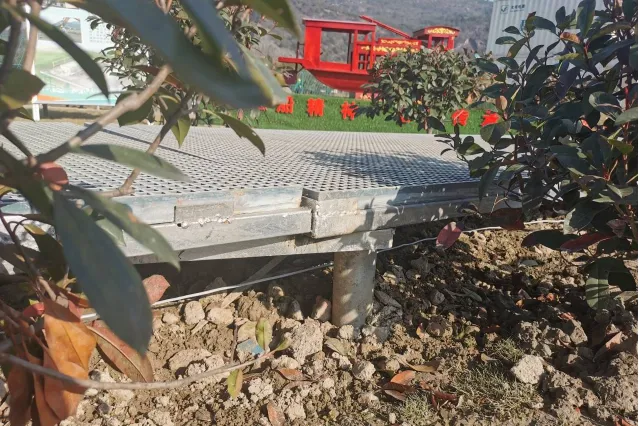

This project adopts the “prefabricated cabin” container as the temporary office and living room, which is hoisted on the foundation of the helical pile, and the bottom is elevated, which is convenient for flexible disassembly and recycling. There are precedents for the application of helical pile foundations in power transmission projects, and it is the first time in the industry to transplant and apply them to temporary construction. Compared with traditional prefabricated houses, the helical pile foundation is used in this project, which increases the installation efficiency by 3 times, doubles the material reuse rate, and reduces the construction cost by 30%. Although the one-time investment of the “prefabricated cabin” of the helical pile is relatively large in the early stage, in terms of long-term economic benefit calculation, the investment cost can be recovered after 3 uses, and it is estimated that the comprehensive use can reach more than 10 times, which will greatly reduce the cost of temporary construction investment. its economic and social benefits are very considerable.
